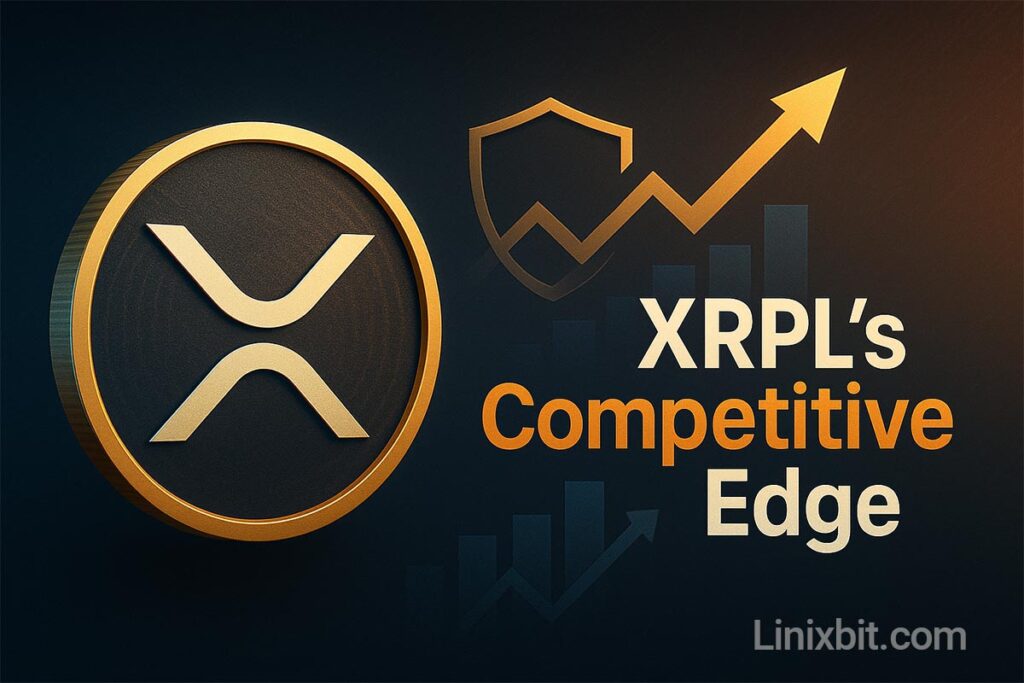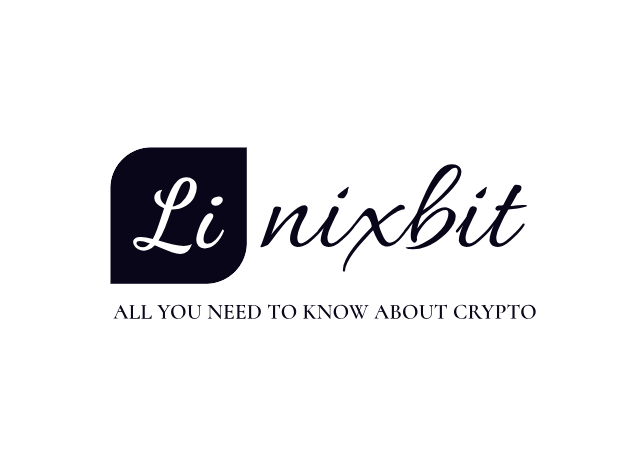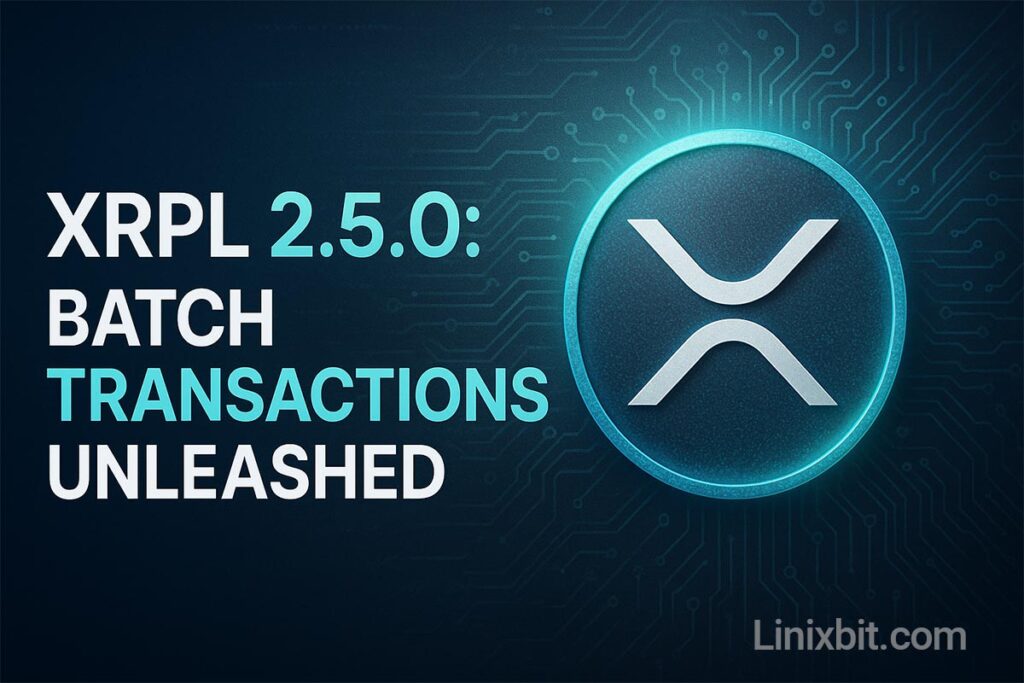The upcoming XRPL 2.5.0 upgrade in June will transform the XRP Ledger (XRPL). The pivotal update brings forth the XLS-56 feature, which enables batch transaction processing to improve network scalability and efficiency. Through transaction grouping, XRPL seeks to improve operational efficiency while establishing itself as a strong competitor to well-known blockchains such as Ethereum and Solana.
The strategic deployment meets the need for improved cryptocurrency network efficiency and cost-reduced blockchain operations. The updated batching feature enables users to create bundles of up to eight transactions which facilitates atomic swaps and the execution of complex smart transaction dependencies. Developers will benefit from reduced operational costs and simplified advanced logic execution because of this radical change which will encourage wider ecosystem expansion.
XRP Ledger’s Batch Transaction Processing Explained
The 2.5.0 upgrade introduces advanced batch transaction processing through XLS-56 amendment integration, which RippleX Senior Software Engineer Mayukha Vadari officially confirmed. The new development lets developers group eight transactions together, which enables atomic swaps and sophisticated smart transaction dependencies. XRPL-based monetization and peer-to-peer NFT trading processes will become more streamlined, while this feature dramatically boosts cryptocurrency network efficiency and reduces on-chain operation complexity.
👀
— Mayukha Vadari (@msvadari) May 23, 2025
Congrats @angell_denis on your first XRPL feature amendment!
For those who don't know what this is, it shows that the Batch amendment PR has been merged, which means that it'll be included in the next rippled release. pic.twitter.com/APrlKQfksq
XRPL implements batch transactions to help developers cut operational expenses and execute more complex transaction logic. The feature will become operational following comprehensive testing phases and complete validation from network validators to maintain network stability and reliability. XRPL demonstrates its dedication to building a scalable and durable infrastructure through this development for its expanding decentralized environment.
Advanced Features and Future XRP Ledger Improvements
The XRPL 2.5.0 upgrade extends beyond batch processing by integrating features that have undergone active testing for future phased network deployment. Account Permission Delegation together with Multipurpose Tokens, Credentials, Permissioned Domains and Dynamic NFTs represent new features that serve to broaden the ledger’s abilities. The Devnet and Testnet environments of XRPL are being used to refine these innovations by mimicking mainnet conditions to ensure thorough behavior examination.
The WASM-based Devnet currently hosts Smart Escrows as a major addition under evaluation. This tool will improve asset management through programmable conditions and greatly extend XRPL’s smart contract capabilities. The systemized testing procedure guarantees that all fresh features attain peak reliability and performance standards during their mainnet integration phase while supporting XRPL’s dependable development approach.
XRPL’s Competitive Edge in Blockchain Scalability
The launch of the XRPL 2.5.0 upgrade occurs amidst rising competition in the blockchain sector, where Ethereum moves forward with Pectra and Solana progresses with Alpenglow. The XRPL platform achieves competitive differentiation through its focus on lowering transaction costs and improving functionality rather than prioritizing raw scalability and speed like other platforms. The strategic focus positions XRPL to function as a flexible and user-friendly ledger capable of supporting a wide range of applications.

The XRPL development plan features the integration of AI-driven solutions, including XRPTurbo, to boost the effectiveness of DeFi automation and utility. Together, these enhancements establish the XRP Ledger as an all-encompassing platform suitable for traditional financial services alongside decentralized applications. The XRPL network seeks to enable both complex applications and high transaction volumes through its focus on performance, together with modular design and stability, which demonstrates its dedication to achieving broad adoption.
The Strategic Impact of the XRPL 2.5.0 Upgrade
The XRPL 2.5.0 release demonstrates a major strategic advancement that strengthens the ledger’s foundational infrastructure to meet future challenges. The inclusion of the XLS-56 amendment allows the network to handle complex transaction workflows that deliver unmatched efficiency while minimizing operational costs. This important release demonstrates XRPL’s ongoing commitment to advancing its decentralized ecosystem.
The integration of these enhancements supports XRPL’s vision to broaden its applications throughout multiple sectors. The XRP Ledger advances its technological foundation and boosts its market standing through enhancements in batch transactions as well as new permissioning models and smart contract functionalities. The forthcoming release establishes XRP Ledger as a primary leader within the blockchain innovation competition.


